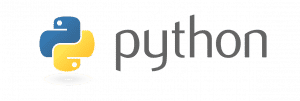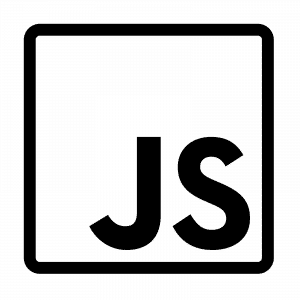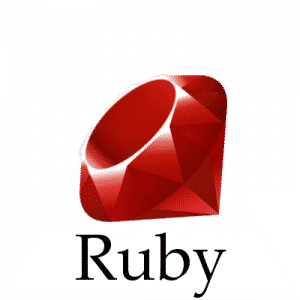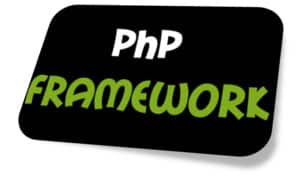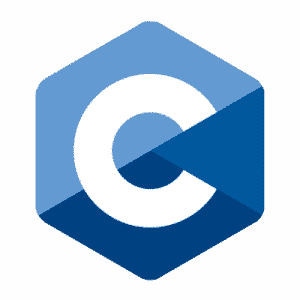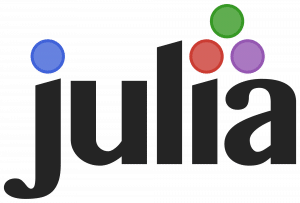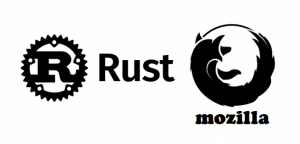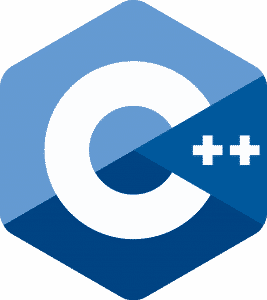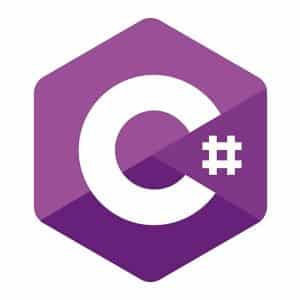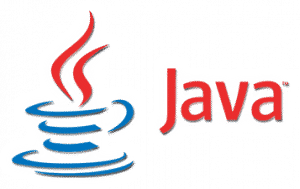In this article, I’m going to list 10 programming languages that are easy to learn for beginners because of their syntax, available learning materials, community support and wide applicability. The languages are also highly demanded in the market and have a good future scope.
Top 10 Easy Programming Languages
1. Python
In my opinion, Python should be considered as the easiest high-level programming language for beginners. It has a very simple syntax. In many cases, even a non-programmer can explain the working of a python program by reading its code. Python is simple, readable and requires fewer lines of code compared to other high-level languages. It is an Open Source Programming language with a huge community support. The reading materials are easily available on the internet. There are many free Python IDEs and editors available to make it easier. With Python, you can build websites and applications that are not only dynamic but can also implement AI and Machine learning algorithms. That is the reason Python is one of the most popular programming languages.
2. Javascript
Javascript is one of the core technologies of world-wide-web along with HTML and CSS. Back in the days, it wasn’t fully categorized as a high-level programming language. The main purpose of Javascript was to provide dynamic functionality on the web page at a client-side or web browser. But after the evolution of Javascript engine, the language can be used at server-side in web servers and databases, and in non-web programs such as word processors and PDF software, and in runtime environments that make JavaScript available for writing mobile and desktop applications, including desktop widgets. The syntax of Javascript is very easy compared to similar programming languages. It is an interpreted language, so you can make changes to your code and run it again straight away to see the effect of your change without recompiling the code. Once you learn the basics of Javascript, there are many frameworks and runtime environment such as Node Js, Angular Js and React Js etc. for specific tasks.
3. Ruby
Ruby language is a dynamic programming language that focuses mainly on simplicity and productivity. It has very simple syntax that is easy to read and easy to write. The language is considered a balanced mixture of old programming languages including Perl, Smalltalk, Eiffel, Ada, and Lisp and modern programming languages such as Python and PHP. It is truly an object-oriented programming language and its concepts can be applied for many other high-level programming languages. Ruby is useful for building web applications, web servers, graphing libraries, picture recognition engines, threaded database servers, and low-level system utilities etc. Ruby on Rails is one of the most popular frameworks for building web applications. 4. PHP
PHP is one of the most popular programming languages for web development. It is a simple, elegant and widely used scripting language but can also be used as a general-purpose programming language. PHP is widely used with Apache web server and MySQL database. It’s the easiest choice for those who are getting into server-side web development. World’s most popular social networking site ‘Facebook’ with billions of users and the most popular content management system ‘WordPress’ with millions of websites both are powered by PHP. PHP is also an open source programming language. There are a lot of free tutorials and guides available on the internet. It has some of the popular web frameworks such as Laravel and Zend that makes web development easy and scalable.
5. C Programming
C programming language is considered as the mother of all programming languages. It influences all other high-level programming languages in terms of functionality and execution. As a beginner, if you learn C programming, you can learn any other programming language easily. C was the first programing language with efficient and flexible memory management. It was mainly used for the development of the UNIX operating system. You can build system-level programs that can directly access the system resources such as memory and processor. There is no doubt C is a very powerful language and that can make you think it’s very hard to learn. But, that’s not true at all! C is fairly easy to learn once you understand a few concepts such as functions, structures and loops etc. It is a procedural programming language that follows a pattern of instructions in every program. You may have to give a bit more time to get grip on it but once you learn the basics, you’ll be unstoppable.
6. Julia
Julia is a new programming language that is slowly becoming a true python alternative. It is as simple as Python, as powerful as Python but not as popular as Python. Julia can be used for general-purpose programming to cloud computing, AI and big data applications. The future technologies will heavily rely on machine learning, AI and cloud computing that gives us a good reason to start learning Julia. The main goal of Julia programming is to have all the features of Python and overcome its weaknesses. As a beginner, you can learn Julia but you won’t find many job vacancies for Julia devs as it’s a new programming language with a small community compared to others. However, it is one of the fastest growing programming languages.
7. Rust
Rust is a systems programming language that was designed to have optimum speeds, parallelism, and memory safety. These three are the main weaknesses of C and C++. Rust exists as an open-source programming language hence is maintained by a community of coders. Up to date, this language is sponsored by Mozilla foundation. To ensure that it emerges a better version of C and C++, Rust combines some key elements of the old programming languages and those of the modern languages. This combination results in a powerful and robust programming language that can be used for a wide range of applications. It also merges the syntax of high-level languages with the performance of low-level programming languages. Like every other new programming language, Rust is also easy to write and understand. Rust can be an ideal choice if you want to learn a new programming language that is both powerful, easy and widely applicable.
8. C++
C++ is the updated version of C programming with an object-oriented approach. It can be considered as a base of most object-oriented programming languages. Mainly it was designed for system programming and right now it’s popular for game development. If you know the basics of C programming, it will be fairly easy for you to understand C++.
9. C#
C# is as simple as C and C++ with more advanced features. It is also one of the most used languages for developing video games, web and Windows desktop applications. Unlike C and C++, which can be coded and executed in different compilers, C# uses Visual Studio IDE. Visual Studio is an easy to use IDE along with wide-ranging libraries that make C# a good pick for beginners.
10. Java
Java is an old, popular and widely used programming language that can be used for almost any kind of software development. It is also an object-oriented programming language mainly used for Web, app and enterprise-level software development. The reason I’ve placed Java at 10th position is that it’s not as easier as other programming languages when it comes to the syntax. However, its popularity makes it easily available to learn on various platforms. There are plenty of tools, courses and books available to learn Java in the simplest way possible. The core of Java is no different than C# and C++ but as you dive deeper, you’ll see the full potential.
